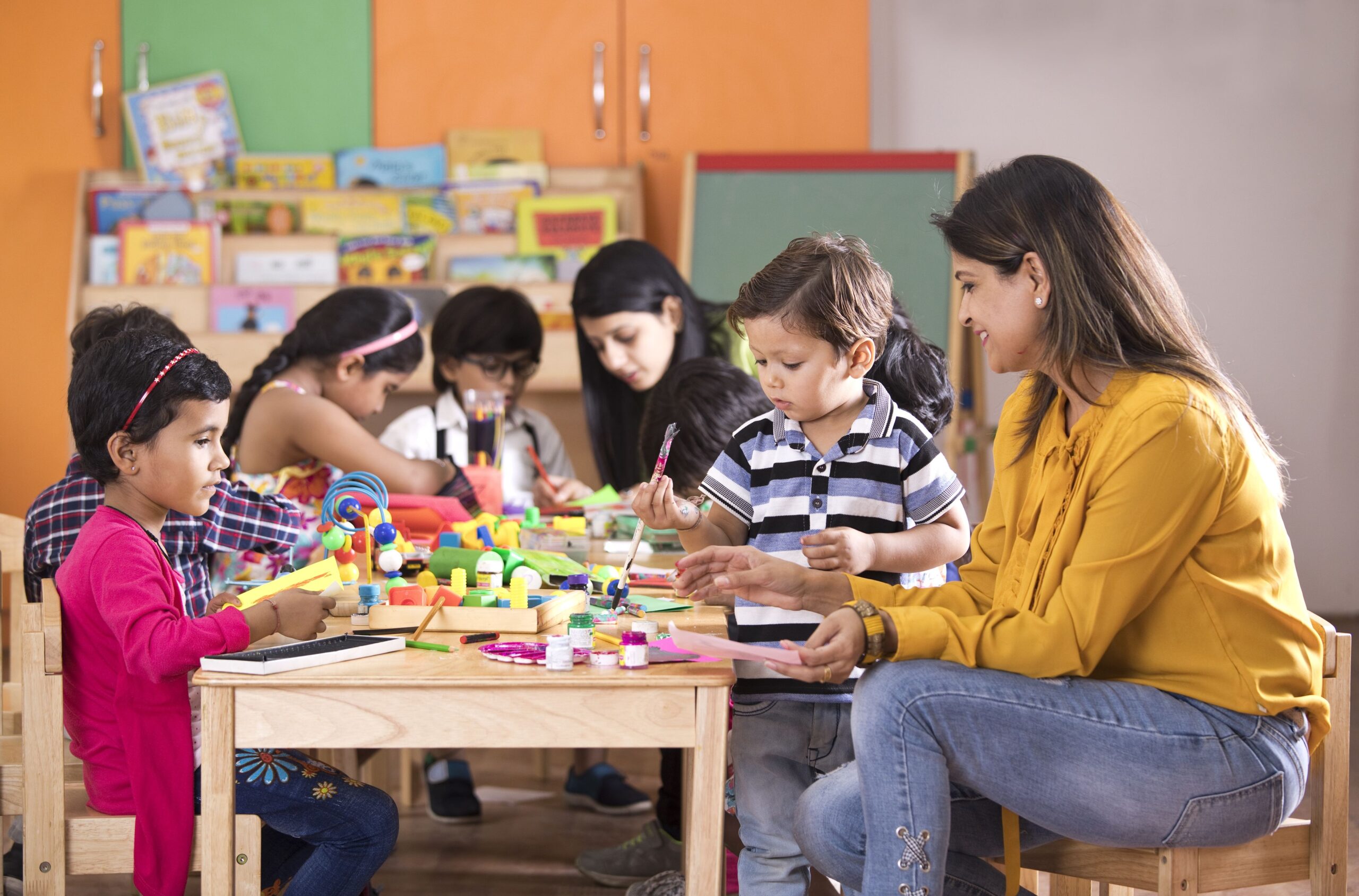Educational games are a wonderful way to make learning enjoyable and engaging for children. By integrating educational concepts such as letters, numbers, colors, and shapes into fun and interactive activities, children can develop essential skills while having fun. In this article, we’ll explore a variety of educational games and activities that reinforce these learning concepts.
- Alphabet Treasure Hunt:
- Hide letter cards around the house or classroom.
- Provide children with clues or hints to find each letter.
- Once they find a letter, encourage them to identify the letter and its corresponding sound.
- Number Bingo:
- Create bingo cards with numbers instead of traditional bingo numbers.
- Call out numbers randomly, and children mark the corresponding numbers on their cards.
- Encourage children to recognize and identify numbers as they play.
- Color Sorting Game:
- Gather objects of various colors (e.g., blocks, toys, or household items).
- Ask children to sort the objects by color into different baskets or containers.
- This game helps reinforce color recognition and categorization skills.
- Shape Scavenger Hunt:
- Create a list of different shapes (e.g., circle, square, triangle, rectangle).
- Ask children to find objects around the house or classroom that match each shape on the list.
- Encourage children to identify and name the shapes they find.
- Letter Matching Memory Game:
- Create pairs of cards with uppercase and lowercase letters written on them.
- Place the cards face down on a table or floor.
- Children take turns flipping over two cards at a time, trying to find matching uppercase and lowercase letters.
- Counting Beanbag Toss:
- Set up baskets or targets with numbers written on them.
- Give children beanbags or small balls to toss into the baskets.
- As children toss the beanbags, encourage them to count aloud the number of baskets they make.
- Color Mixing Experiment:
- Provide children with primary colored paints (red, blue, yellow) and paintbrushes.
- Encourage them to mix different colors together to create secondary colors (orange, green, purple).
- Discuss color theory and explore the results of mixing different combinations of colors.
- Shape Puzzles:
- Create simple puzzles with shapes cut out of cardboard or paper.
- Encourage children to match the shapes to their corresponding outlines to complete the puzzles.
- This activity helps reinforce shape recognition and spatial awareness.
- Letter and Number Hopscotch:
- Draw a hopscotch grid on the ground or use masking tape indoors.
- Write letters or numbers inside each square.
- Children take turns hopping on the grid, calling out the letter or number they land on.
- Colorful Storytime:
- Choose a colorful picture book or story.
- As you read the story, encourage children to identify and name the colors they see in the illustrations.
- After reading, discuss the colors used in the story and how they help convey the mood or theme.
Educational games provide valuable opportunities for children to learn and practice important concepts in a playful and interactive way. By incorporating letters, numbers, colors, and shapes into fun games and activities, parents and educators can support children’s learning and development while fostering a love for learning that lasts a lifetime.

